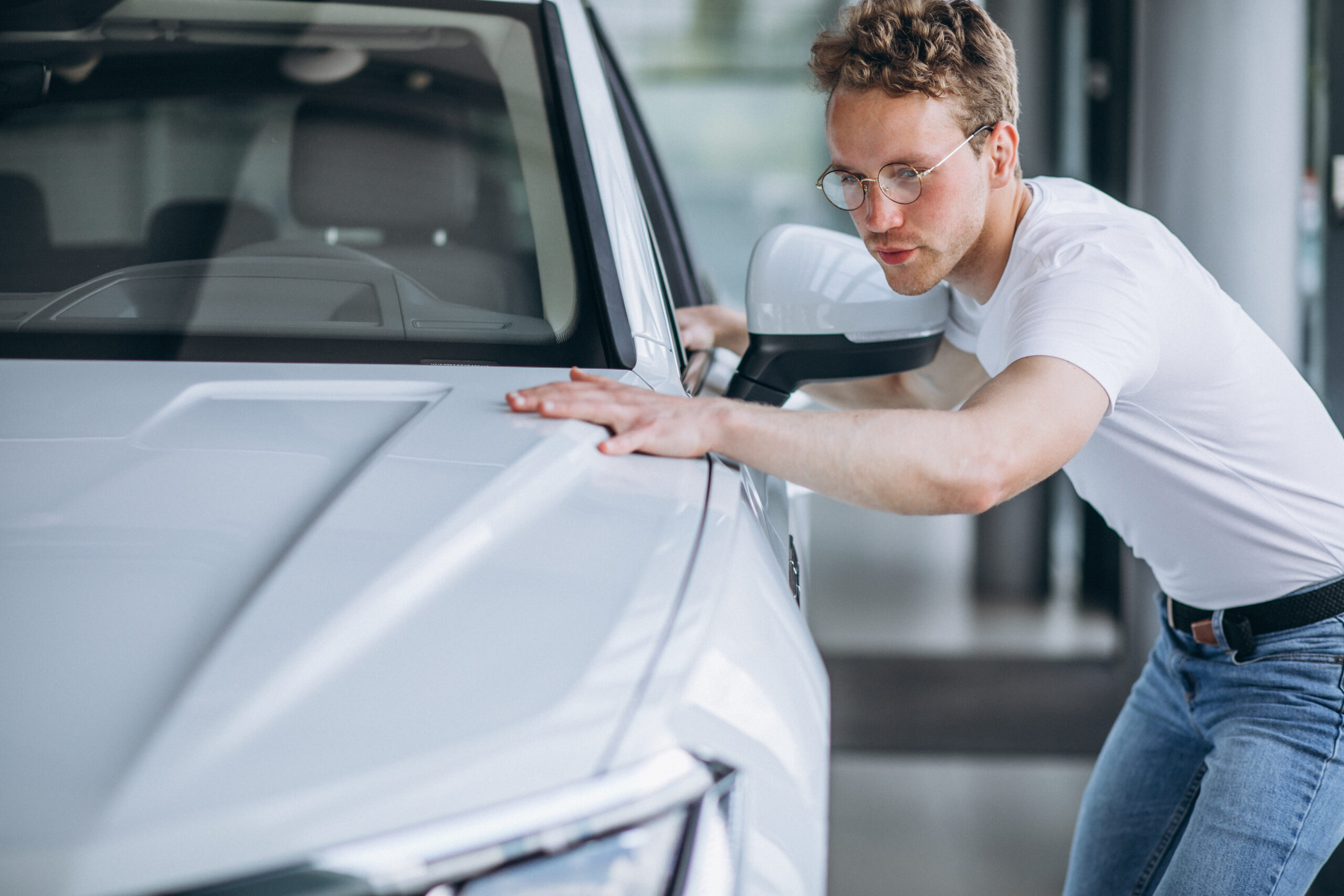When buying a second-hand car in South Africa, it is essential to thoroughly inspect the vehicle’s structural integrity and determine if it has undergone any accident repairs. Undisclosed or poorly repaired accidents can have long-term effects on the car’s safety, performance, and resale value. In this article, we will provide useful tips for checking the structural integrity and accident repair history of a second-hand car in South Africa.
- Visual Inspection:
Start by conducting a visual inspection of the car’s exterior. Look for any signs of inconsistent paintwork, such as mismatched colors, overspray, or waviness. Check for uneven panel gaps or misaligned body parts, as these could indicate previous collision damage.
Inspect the vehicle from different angles, paying close attention to the front and rear sections where major impacts typically occur. Look for signs of crumpled metal, bent frames, or structural damage. Additionally, examine the undercarriage for any signs of unevenness or evidence of previous repairs.
- Paint Meter Reading:
Use a paint meter gauge to measure the thickness of the paint on various areas of the car’s body. Significant variations in paint thickness between panels may indicate that certain sections have been repaired or repainted. While minor variations are expected due to normal wear and tear, significant discrepancies could be a red flag.
- Vehicle History Report:
Request a vehicle history report, which can provide valuable insights into the car’s accident history. Services like Carfax or AutoCheck can provide information about reported accidents, previous damage, and insurance claims. These reports may also reveal if the car has been classified as a write-off or salvage vehicle.
- Professional Inspection:
Consider hiring a qualified mechanic or technician to conduct a comprehensive inspection of the second-hand car. These professionals have the expertise to identify hidden structural damage or poorly repaired areas. They can also assess the car’s overall condition and provide you with an unbiased assessment of its structural integrity.
- Frame Alignment:
Check the frame alignment using a frame measuring system or consult a professional body shop. Frame misalignment or damage can significantly affect the vehicle’s stability and safety. Ensure that the frame is straight and properly aligned to avoid potential handling and performance issues.
- Check for Panel Replacements:
Inspect the edges of panels, such as the doors, hood, trunk, and fenders, for signs of welding marks, new bolts, or fresh paint. These could indicate that these panels have been replaced due to previous damage. While panel replacements are not always problematic, ensure that the repairs were done professionally and do not compromise the car’s structural integrity.
- Seek Expert Advice:
If you have concerns or doubts about the vehicle’s structural integrity or accident repair, consult with a professional body shop or a qualified automotive engineer. They can provide specialized expertise and assess the quality of any previous repairs.
When buying a second-hand car in South Africa, thoroughly checking the vehicle’s structural integrity and accident repair history is crucial. Conduct a visual inspection, utilize a paint meter gauge to check for paint inconsistencies, and obtain a vehicle history report to uncover any reported accidents or damage. Consider hiring a professional for a detailed inspection and consult experts if necessary. By following these tips, you can make an informed decision and ensure that the second-hand car you purchase is structurally sound and free from undisclosed accident repairs.











